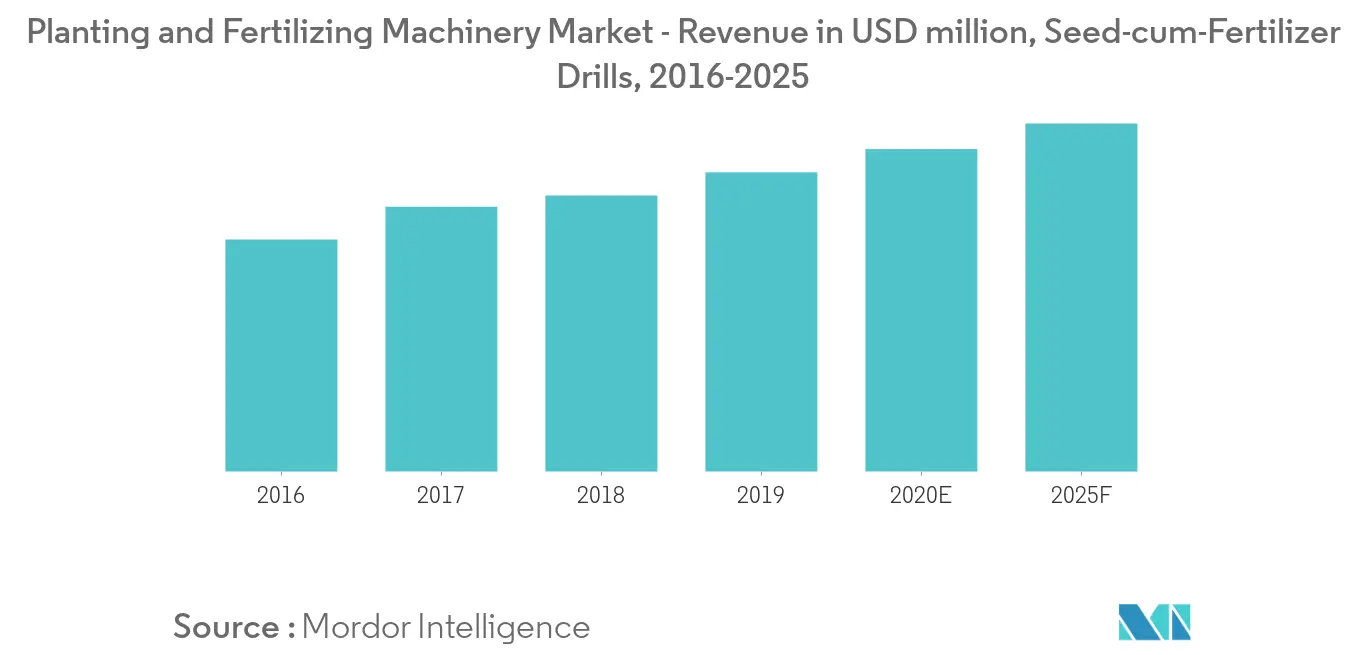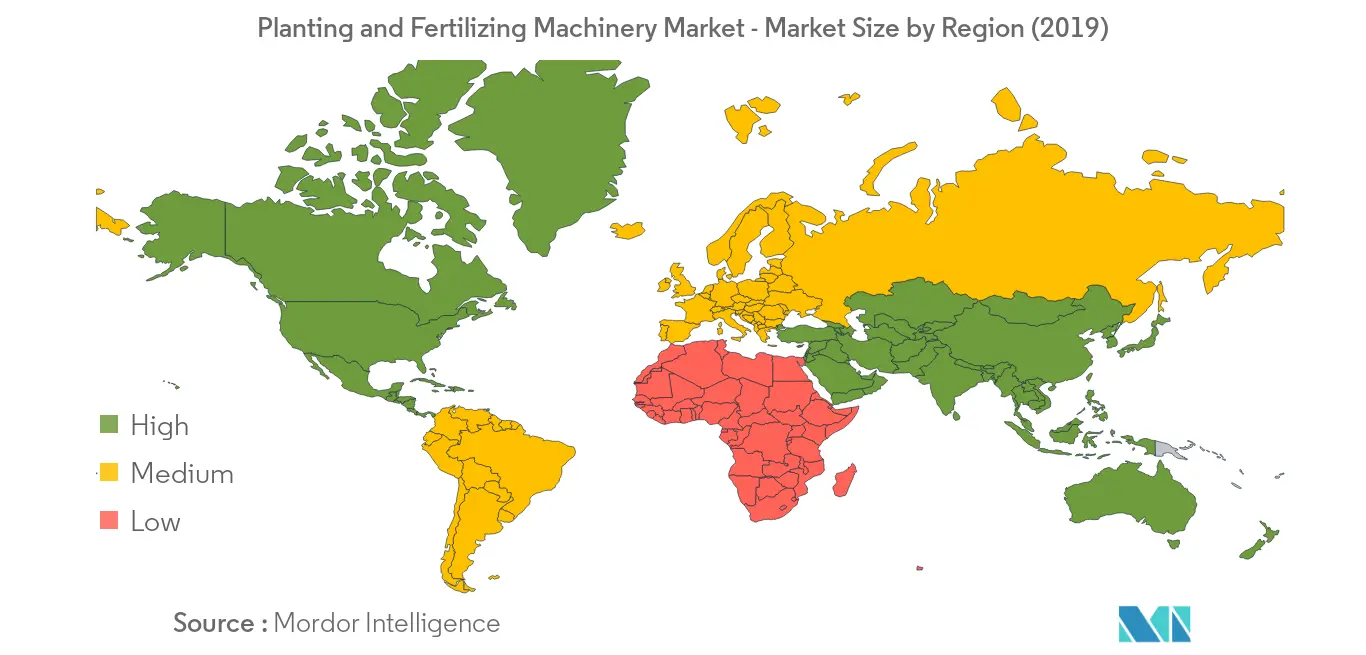Market Trends of Planting and Fertilizing Machinery Industry
This section covers the major market trends shaping the Planting & Fertilizing Machinery Market according to our research experts:
Increased Area Under Zero Tillage Boosting the Growth of Seed Cum Fertilizer Drills
Zero tillage is a practice where the residues from the previous crop are retained for the start of the next season. This practice not only provides residual nutrition to the next crop but also prevents the formation of the hardpan in the sub-soil, which gets formed upon extensive tillage. The practice has been gaining popularity across North America and Europe. Seed Cum Fertilizer Drills are ideal equipment to use in zero tillage conditions. The equipment leaves minimal impact on the soil while saving time on using multiple equipment for seeding and fertilizing. Developing markets are also warming up to the practice of zero tillage. For instance, in the major wheat-growing belts of Northern India, the period between the harvesting of the rice crop and sowing of the wheat crop is very much limited and hence, farmers get limited time to till the soil. Farmers, thereby resort to the burning of the stubble of the rice crop, creating huge environmental issues related to air pollution. Organizations and companies are increasingly working with farmers to adopt zero tillage in wheat, in order to solve the time and agronomic issues. With increasing awareness about the environmental impact of stubble burning, Indian farmers are expected to adopt seed cum fertilizer drills over the forecast period.

North America Leads the Global Market
The North American region has been traditionally a market with a high degree of farm mechanization. Farms in the region are high on acreage, and this necessitates the usage of planting and fertilizing machinery for crop operations. The region also has the highest replacement rates of farm machinery across all regions around the globe. Technology has also played a huge role in farmers, switching to more technologically advanced agricultural machinery. For instance, GPS technology is an integral part of precision farming systems. Companies, such as Climate Corporation (part of Monsanto Company), have been developing products that adjust the dosage rates of fertilizers and even select the right variety of seed, based on expected weather for the crop season and soil fertility. Legacy equipment does not have the provision for the installation of these advanced systems and, hence, the adoption of new and advanced planting and fertilizing machinery would be a necessity. This trend is expected to continue into the future, and North America is expected to remain the largest market over the forecast period.


